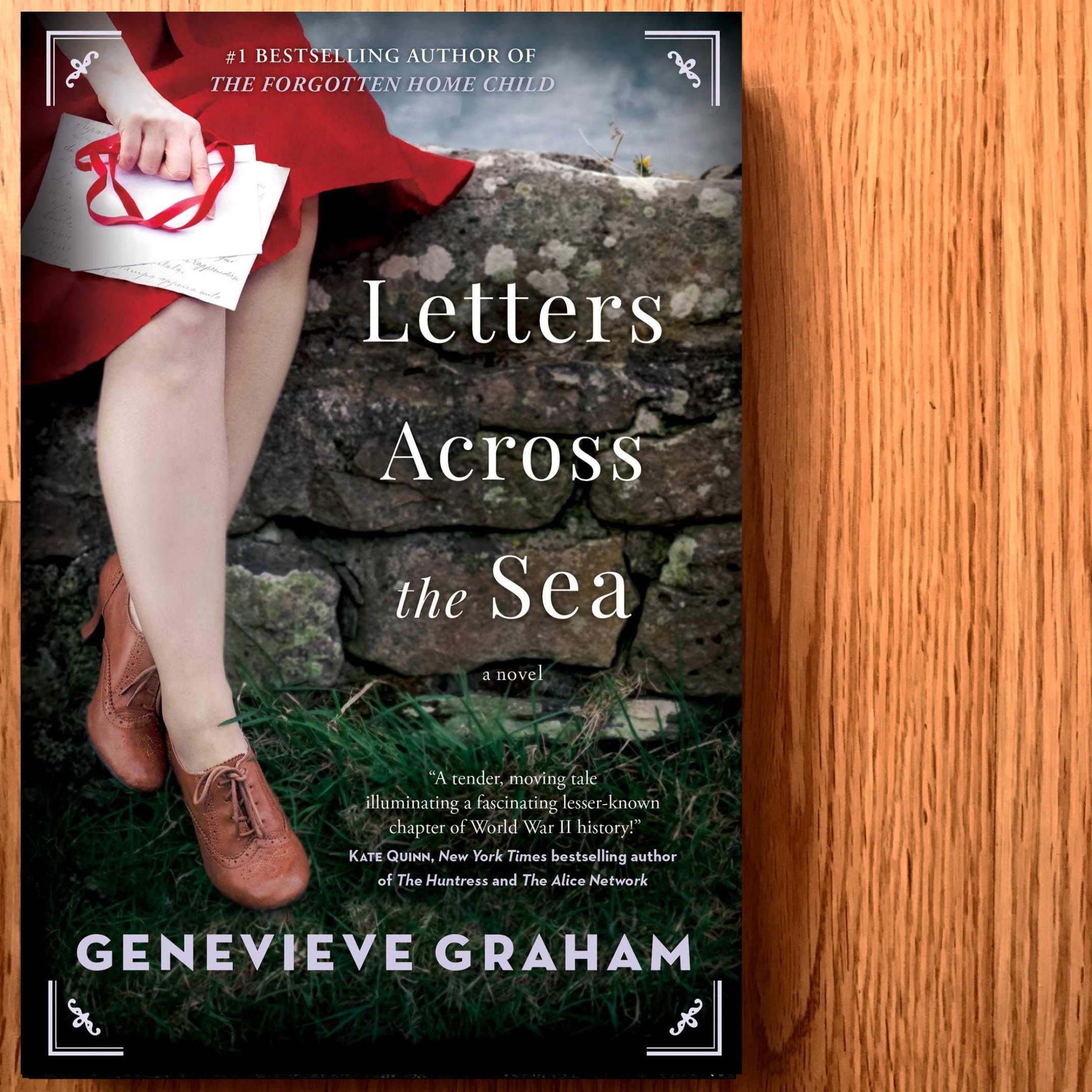By Hayley Platt
Letters Across the Sea is a Canadian historical fiction novel that starts out in 1933 and follows main characters, Molly and Max, through World War 2. Early in the book—summer 1933—it depicts a fairly unknown protest that occurred in Toronto’s Christie Pits and how unrest in the city grew leading into the war.
Molly Ryan is the middle child of five in an Irish Protestant family. She is their only daughter and has had to drop out of high school early to help support her family through the Depression. Molly has big dreams to become a journalist but is stuck working any job she can find. Max Dreyfus, a Jewish boy, whose sister Hannah is Molly’s best friend, is going away to study to become a doctor at the end of the summer. He can’t stop thinking about Molly and what he wishes their relationship could be. Before he can leave, the conflict between their two communities comes to a head, and conflict between their families ends all possibility of their relationship.
The story then moves forward to 1939 when Max has been deployed with Canada’s Royal Rifles and Molly is working at The Star, a Toronto newspaper. She spends her days at work reporting about the war and time at home sending and receiving letters from her brothers overseas.
Letters Across the Sea is written from both Molly and Max’s perspectives. When the book begins, Molly is eighteen and we follow her life for more than a decade as she navigates the changes in the world around her from the Great Depression through the war. She is challenged by the hatred she encounters towards Jews in Canada but is put in a difficult position trying to speak up against her family, and in support of her oldest friend’s family, the Dreyfus’.
As a Canadian author, Genevieve Graham has done a great job finding a small piece of Canadian history and masterfully weaves it into this engrossing World War 2 historical fiction novel. It ties an event in Toronto to many of the more well-known events of the era. Readers are given a glimpse at how events all across the battlefronts of World War 2 could be connected into one family at home.
After reading this novel, I was pleased to find maps and photographs included in the note to readers that confirms what aspects of the novel come from fact and which were a product of the author’s writing.
All historical fiction fans as well as anyone looking to learn more about Canada’s history, what it was like in Toronto during the Depression and how Canadian troops were deployed in Europe will appreciate this book.

